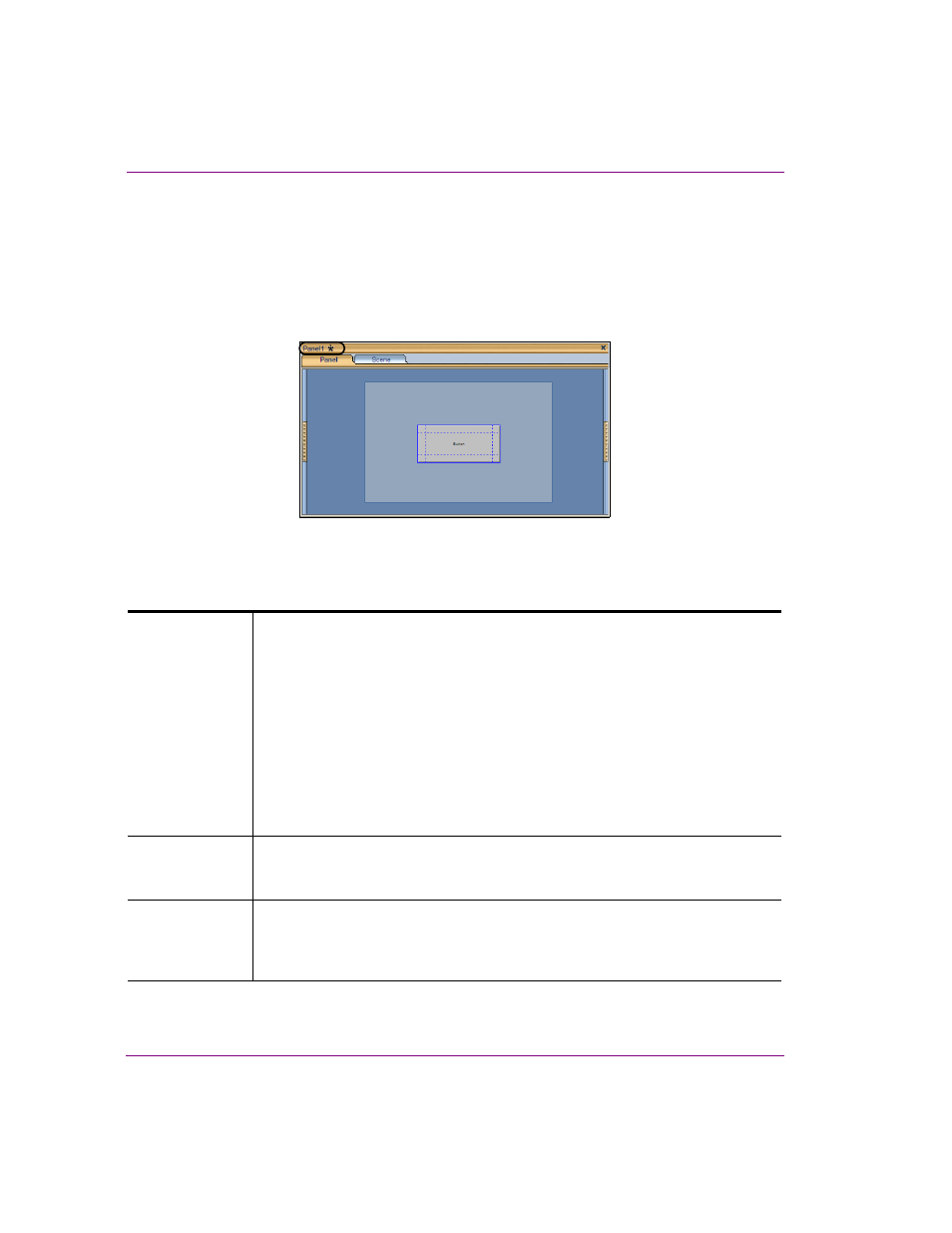Saving xstudio projects and assets, Saving xstudio projects and assets -2 – Grass Valley Xstudio Vertigo Suite v.4.10 User Manual
Page 315

11-2
Xstudio User Manual
Saving, publishing and exporting Xstudio projects
Saving Xstudio projects and assets
When changes have been made to a new or existing project in Xstudio, an asterisks
appears next to the project’s name in the project window (figure ). The asterisks indicates
that the changes have not yet been saved to the Xmedia Server. Note that if you attempt to
close a project that has unsaved changes, Xstudio will display a message prompting you to
save the project.
Figure 11-1. The asterisk indicates changes have not yet been saved
Xstudio offers two (2) ways to save a project, as well as an overwrite option:
Save
The File>Save (Ctrl+S) command saves changes made to the currently selected
project. If you are saving the asset for the first time, the Save dialog box appears
and allows you to specify the name of the asset as well as the categories in which
it resides. In addition the following additional data may be specified:
•
the name of the person who authored the asset
•
a short description of the asset
•
keywords, which are used to search for assets
•
Reacll ID
•
links to categories
If saving changes to an existing assets, Xstudio simply saves using the current
asset name without opening the Save dialog box.
Save As
The File>Save As command opens the S
AVE
A
S
dialog box, which allows you to
save the currently selected project using another name and/or category location.
This essentially allows you to create a copy of the project using a different name.
Overwrite
The File>Overwrite command allows you replace (overwrite) the content of an
existing (saved) project with the content of the currently selected project. This option
is provided since Save As always creates a new asset. If the name of an existing
asset is specified when doing a Save As, the operation is disallowed.
